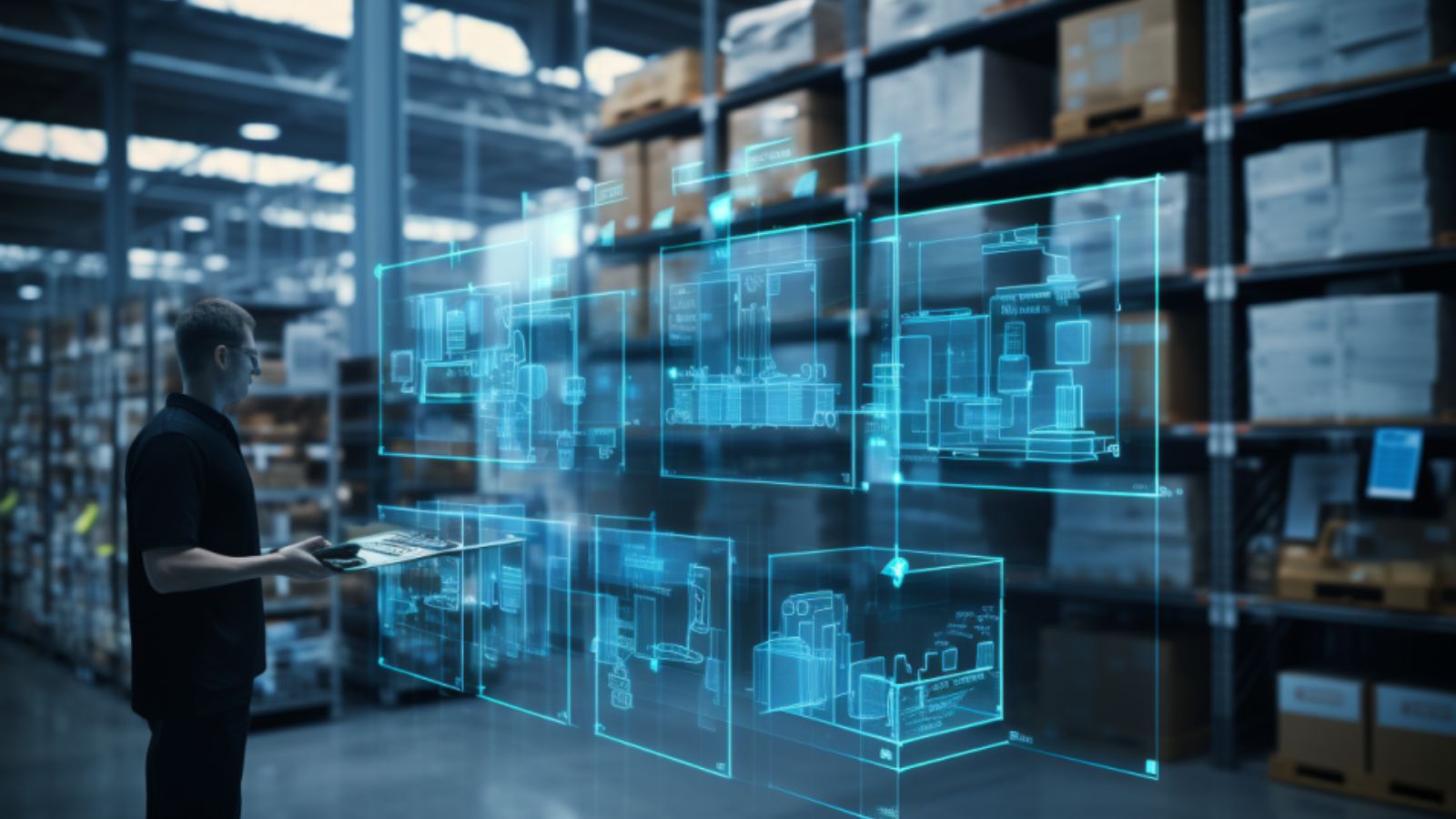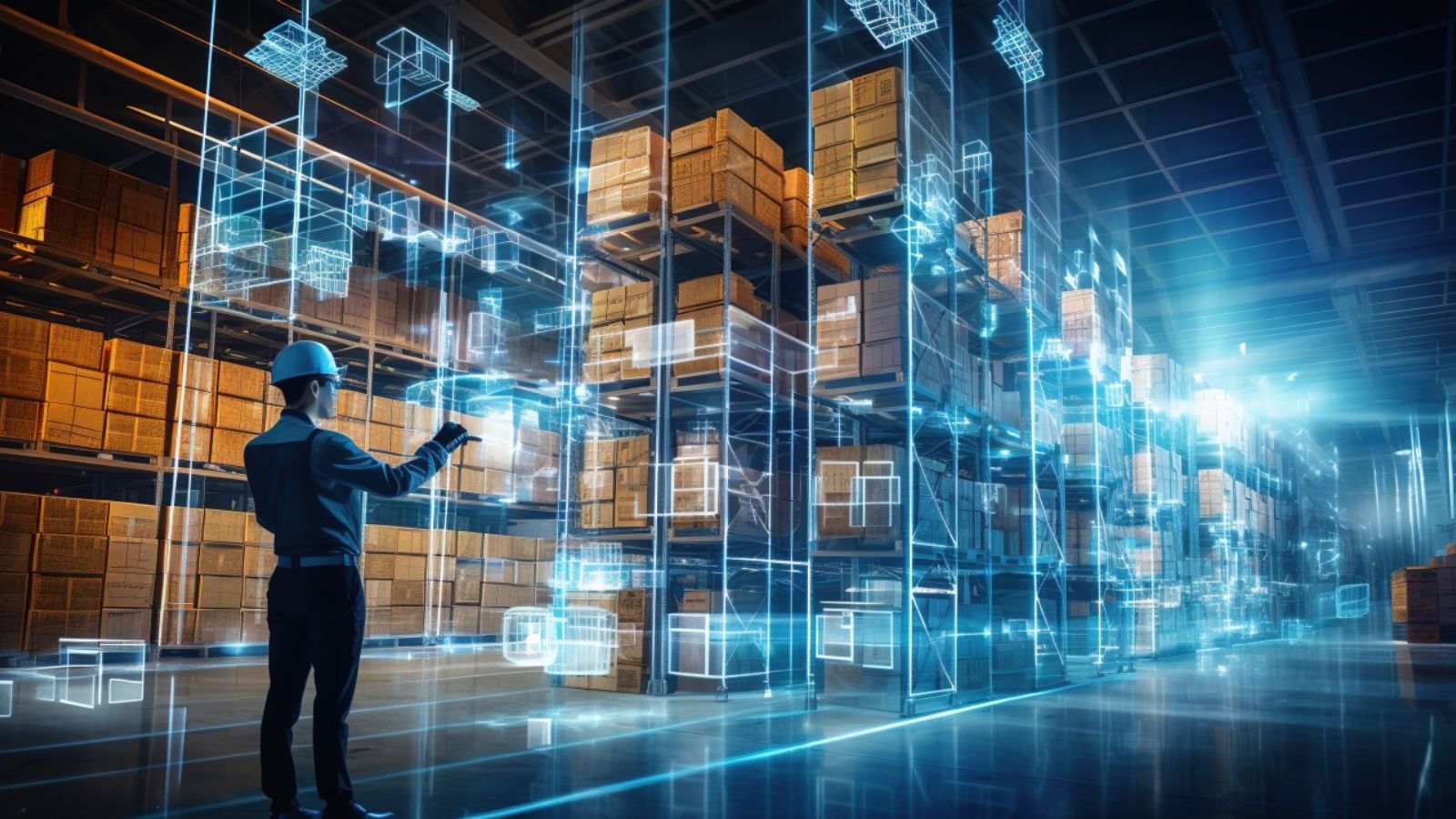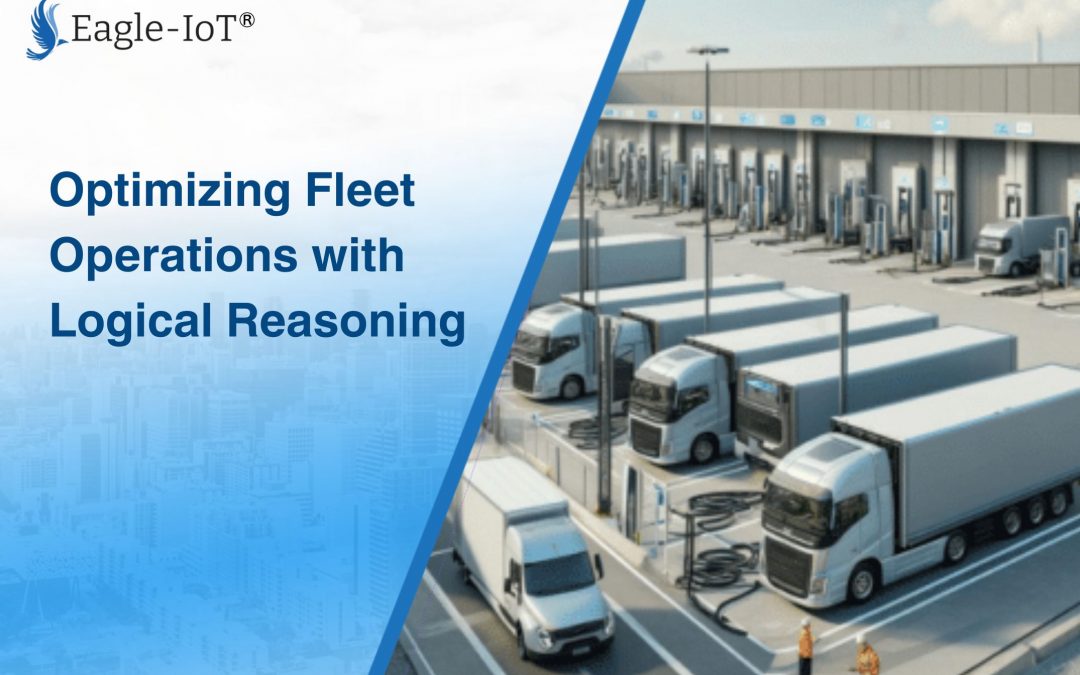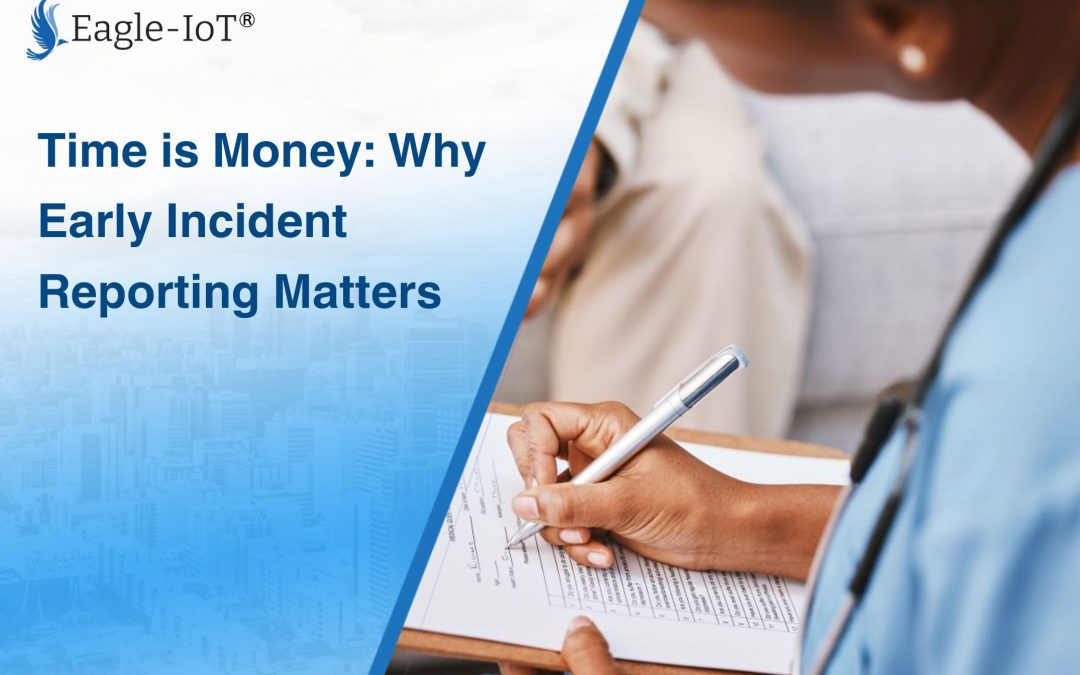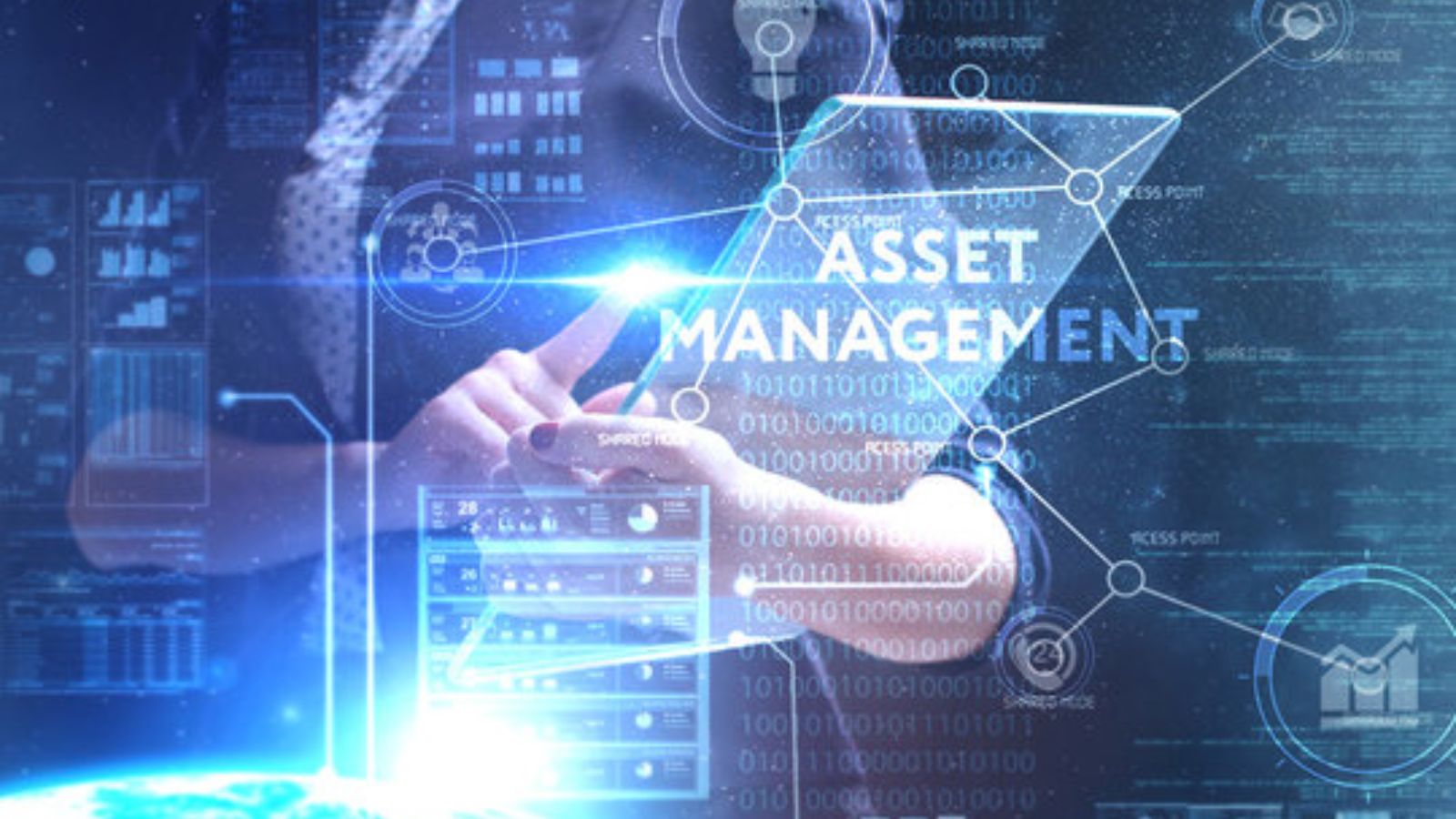
Revolutionize Your Fleet: Proven Strategies for Success
A well-maintained and efficiently operated fleet is vital to business success. To maximize efficiency and minimize costs, strategic decisions about vehicle acquisition, maintenance, and driver behavior are crucial. A robust fleet management strategy is essential for optimal performance. This article delves into practical strategies to optimize your fleet, reduce costs, and maximize ROI.
The Importance of Fleet Management
Effective fleet management extends beyond mere vehicle maintenance. It encompasses a holistic approach to optimizing vehicle utilization, driver behavior, and operational efficiency. A well-managed fleet can:
- Reduce operational costs: By minimizing fuel consumption, maintenance expenses, and downtime.
- Enhance driver safety: Through driver training and vehicle safety technology.
- Improve customer satisfaction: By ensuring timely and reliable service delivery.
- Increase revenue: By optimizing routes and maximizing vehicle utilization.
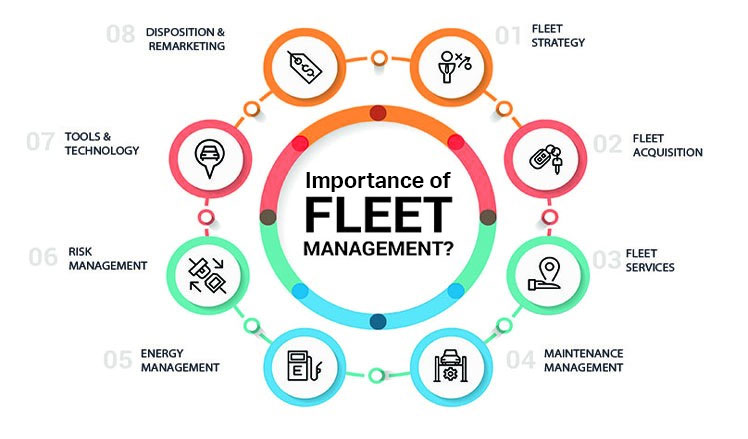
Core Strategies for Fleet Management
Vehicle Acquisition and Replacement
- Total Cost of Ownership (TCO): Calculate the overall cost of owning and operating a vehicle, including purchase price, fuel, maintenance, insurance, and depreciation.
- Vehicle Selection: Choose vehicles that align with your business needs, considering factors like payload capacity, fuel efficiency, and environmental impact.
- Replacement Planning: Establish a clear replacement policy based on vehicle age, mileage, and maintenance costs.
- Financing Options: Explore lease, loan, or subscription models to optimize cash flow.
Vehicle Maintenance and Repair
- Preventive Maintenance: Implement a rigorous maintenance schedule to prevent breakdowns and extend vehicle life.
- Repair Management: Streamline vehicle repairs through efficient processes, including authorized service provider management and repair tracking. Utilize CMMS software to analyze work history, compare performance over time, and make data-driven decisions. Implement a digital, user-friendly 52-week preventive maintenance calendar to maintain service level agreements (SLAs) and reduce repair response and completion times.
- Inventory Management: Leverage inventory management software to streamline operations. Maintain adequate stock of spare parts to minimize downtime.

Driver Management
- Driver Selection and Training: Recruit qualified drivers and provide comprehensive training on safety, fuel efficiency, and customer service.
- Performance Management: Employ a performance evaluation system utilizing RAG (Red, Amber, Green) reports to monitor driver behavior and pinpoint areas requiring improvement.
- Incentive Programs: Reward safe driving, fuel efficiency, and customer satisfaction.
- Compliance: Ensure drivers adhere to all relevant regulations, including hours of service and safety standards.
Fuel Management
- Fuel Procurement: Negotiate favorable fuel contracts and explore fuel card options.
- Fuel Efficiency: Implement strategies to reduce fuel consumption, such as driver training, vehicle maintenance, and route optimization. Leverage fuel monitoring software to track fuel usage, identify consumption patterns, and pinpoint areas for improvement.
- Alternative Fuels: Consider the potential of electric or hybrid vehicles for your fleet.
Risk Management
- Insurance Coverage: Ensure adequate insurance protection for your fleet.
- Safety Programs: Implement safety policies and procedures to minimize accidents.
- Compliance: Stay informed about industry regulations and maintain compliance.

Technology and Telematics
- Fleet Management Software: Utilize fleet management software such as Eagle-IoT to track vehicle location, maintenance schedules, and driver performance.
- Telematics: Employ GPS tracking devices to monitor vehicle usage, driver behavior, and fuel consumption.
- Route Optimization: Optimize delivery routes to reduce fuel consumption and improve efficiency.
- Mobile Device Management: Provide drivers with mobile devices for communication and navigation.
Use Financing to Free Up Capital
Investing in a new fleet can be expensive. Financing options can help you acquire the vehicles you need without draining your capital. Consider:
- Lease agreements: Offer flexibility and potential tax benefits.
- Loan options: Provide ownership and predictable payments.
- Vehicle subscription services: Offer all-inclusive packages, including maintenance and insurance.

Case Study: Implementing a Fleet Management System
The Challenge
A rapidly expanding eco-friendly delivery service, faced increasing operational complexities as its fleet grew. Challenges included inefficient route planning, rising fuel costs, difficulty tracking vehicle maintenance, and concerns over driver safety. The company recognized the need for a robust fleet management solution to optimize operations and enhance overall efficiency.
The Solution
The Delivery Co. implemented a Eagle-IoT Fleet Management System and integrated GPS tracking, vehicle diagnostics, driver behavior monitoring, and route optimization features. The system provided real-time visibility into vehicle locations, fuel consumption, and driver performance.
By leveraging the system’s data analytics capabilities, the Delivery Co was able to:
- Optimize routes: Identify the most efficient delivery routes, reducing fuel consumption and travel time by 15%.
- Improve vehicle maintenance: Predict maintenance needs based on vehicle diagnostics, preventing breakdowns and reducing downtime by 20%.
- Enhance driver safety: Monitor driver behavior and provide targeted coaching, leading to a 12% reduction in accidents.
- Reduce fuel costs: Implement fuel-saving initiatives based on data analysis, resulting in a 10% decrease in fuel expenses.
The Results
The implementation of the fleet management system yielded significant improvements for the Delivery Co.:
- Increased operational efficiency: Streamlined delivery operations and improved resource allocation.
- Reduced costs: Achieved substantial savings in fuel, maintenance, and insurance expenses.
- Enhanced customer satisfaction: Improved on-time delivery performance and enhanced customer service.
- Improved driver safety: Created a safer working environment for drivers and reduced liability risks.
- Data-driven decision making: Enabled data-driven insights to optimize fleet operations and identify areas for improvement.
Effective fleet management is essential for businesses that rely on vehicles. By implementing the strategies outlined in this article and leveraging technology, you can optimize your fleet’s performance, reduce costs, and enhance overall business efficiency
